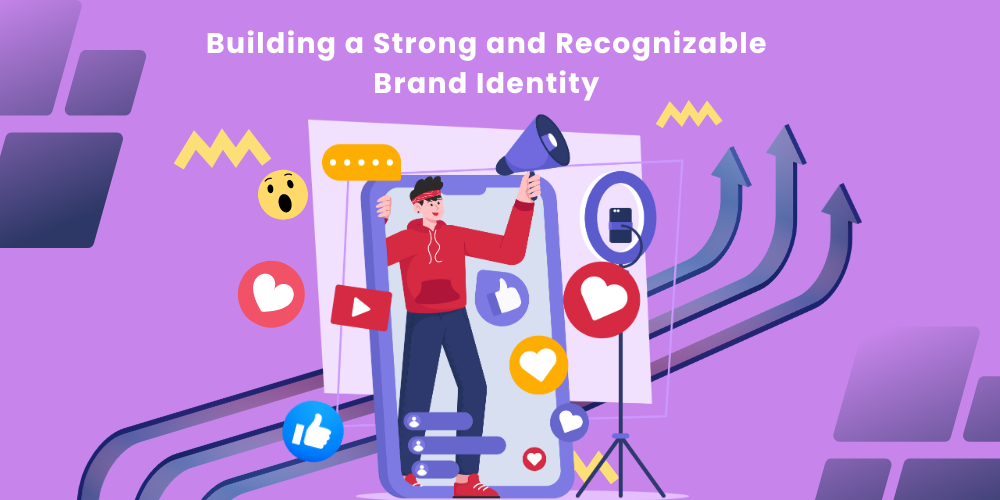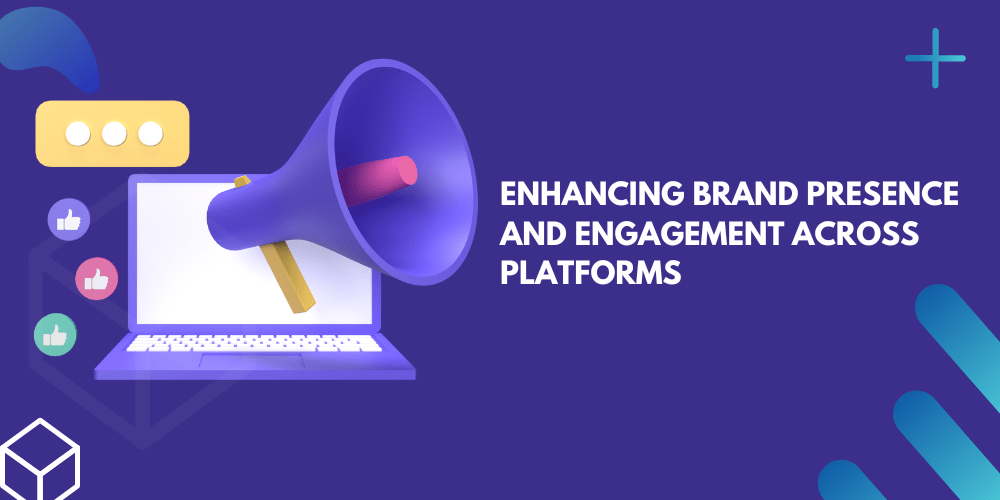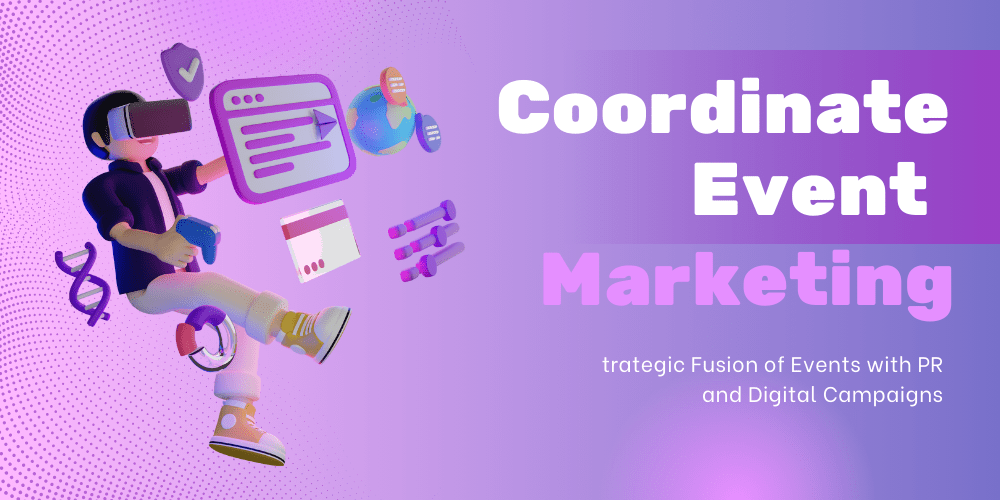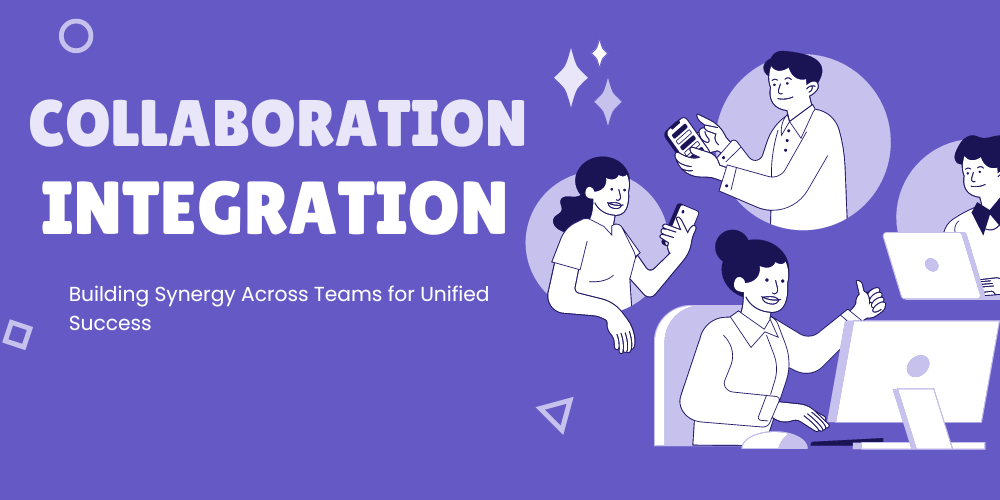


In today’s rapidly evolving digital landscape, the convergence of public relations (PR) and digital marketing has become crucial for creating a unified brand message. As these two disciplines continue to overlap, ensuring they work cohesively can amplify your brand’s visibility, credibility, and overall impact. Whether you’re a seasoned marketing professional or just starting, understanding how to align your PR strategies and digital marketing efforts can be the key to unlocking significant business growth. In this guide, we’ll explore ten essential PR tips that will help you bridge the gap between your PR tactics and digital marketing initiatives, ensuring your brand stands out in the crowded digital arena.
In today’s rapidly evolving digital landscape, the convergence of public relations (PR) and digital marketing has become crucial for creating a unified brand message. As these two disciplines continue to overlap, ensuring they work cohesively can amplify your brand’s visibility, credibility, and overall impact. Whether you’re a seasoned marketing professional or just starting, understanding how to align your PR strategies and digital marketing efforts can be the key to unlocking significant business growth. In this guide, we’ll explore ten essential PR tips that will help you bridge the gap between your PR tactics and digital marketing initiatives, ensuring your brand stands out in the crowded digital arena.
Knowing your target demographic is essential for any PR strategy or digital marketing campaign. By understanding who your audience is, you can create targeted content and campaigns that resonate with them. Conduct market research to identify key characteristics of your desired audience, such as age, gender, location, income level, interests, and pain points. This information will help you tailor your messaging to speak directly to your target demographic’s needs and preferences, increasing the chances of converting them into loyal customers.

Beyond demographics, understanding your target audience’s behavior and preferences is essential. Utilize data analytics tools to monitor metrics like website traffic, social media advocacy, email open rates, and conversion rates. This data will reveal which channels and messages best reach your audience and drive action. Regularly tracking these metrics will also enable you to make informed adjustments and improvements. Social listening can provide valuable insights into your audience’s conversations, helping you identify trends, sentiments, and opportunities for engagement.
To effectively align your public relations tactics and digital marketing efforts, it’s crucial to develop an integrated PR program that merges both disciplines. This means creating a cohesive plan with clear SMART goals, target audiences, unified messaging, and coordinated PR tactics examples for both PR and digital marketing. By working from a single strategic framework, you can ensure all activities complement and reinforce each other, resulting in a stronger and more impactful brand presence. Optimize your PR campaign strategies and digital marketing approach for better results and enhanced brand visibility.

Before launching any public relations tactics and strategies or digital marketing initiatives, it’s crucial to establish clear business goals and objectives. This will enable you to measure the success of your efforts and identify the most effective tactics in public relations. Aligning these goals across both disciplines ensures a cohesive strategy that supports overall business goals. Set specific, measurable, attainable, relevant, and time-bound (SMART goals) to guide your PR and digital marketing efforts.
To ensure consistency and prevent mixed messages, it’s crucial to craft a cohesive messaging map that aligns with your brand narrative. This involves developing key messages, tone of voice guidelines, and content pillars to guide all PR and digital marketing communications. Additionally, this strategy should be periodically reviewed and updated to reflect any changes in the market or your brand’s direction. By maintaining consistent messaging across all channels, including social media, email campaigns, and press releases, you can reinforce your brand’s identity and build trust with your audience. Consistency not only enhances brand recognition but also ensures that every touchpoint with your audience delivers a unified and compelling message.

Data and analytics are crucial in public relations and digital marketing, offering essential insights into audience behavior, campaign performance, and brand impact. By examining data from multiple sources such as social media metrics, website traffic, and customer feedback, you can obtain a detailed understanding of your target audience’s preferences and behaviors. This comprehensive understanding helps in identifying trends, predicting future behaviors, and crafting tailored messages that resonate with your audience. Furthermore, this knowledge allows you to fine-tune your campaigns for maximum effectiveness, allocate resources more efficiently, and pinpoint areas for improvement, ensuring that your strategies are continually optimized for success. SEO data, such as keyword rankings and backlinks, can provide valuable insights into your online visibility and authority.
Data and metrics are only valuable if they are used to inform decision-making. By regularly analyzing your PR strategies and digital marketing data, you can gain insights that drive strategic decisions. For example, if you notice that a particular social media platform consistently drives the most website traffic, you may want to shift more resources toward that channel. Or if a specific type of content receives high engagement, you can create more similar content to capitalize on that interest. Metrics like domain authority can help you assess the strength of your website and identify opportunities for improvement.
It’s essential to continuously monitor and adjust your PR campaign tactics and digital marketing strategies based on performance. This includes regularly tracking key performance indicators (KPIs) and making data-driven adjustments as needed. By staying informed about the results of your efforts, you can quickly identify what is working well and what needs improvement, allowing you to continually optimize for better outcomes. Additionally, goal-tracking performance against benchmarks can help you measure progress and demonstrate the value of your efforts to stakeholders. Embracing transparency and accountability in your reporting can build trust and credibility with your audience and partners.

Consistency is key to building a strong and recognizable brand. This applies not only to messaging but also to visual branding elements such as logos, colors, and design aesthetics. By maintaining consistent branding across all PR strategies and digital marketing materials, you can reinforce your brand’s identity and make it instantly recognizable to consumers. Consistent branding also helps build trust with your audience by presenting a
To create a unified brand presence, it’s crucial to ensure that all branding elements, such as logos, colors, and design aesthetics, are consistent across all PR strategies and digital marketing channels. This includes your website, social media profiles, email campaigns, press releases, and any other materials you produce. By staying consistent with these visual elements, you can strengthen brand recognition and make your brand more memorable to your target audience. Consistency also demonstrates professionalism and attention to detail, enhancing your company’s reputation.
In addition to visual branding, maintaining a consistent brand voice and tone across all public relations strategies and digital marketing communications is crucial. This encompasses written content, social media posts, and other messaging. A unified brand voice fosters familiarity and builds trust with your audience. Furthermore, it ensures that your messaging is aligned across all channels, reinforcing your brand’s identity. Developing a brand style guide can help ensure consistency in voice and tone across all communications, even when created by different team members or agencies.

Content marketing is a formidable tool for both public relations tactics and digital marketing. It involves the creation and distribution of valuable, relevant, and consistent content aimed at attracting and retaining a well-defined audience. By incorporating content marketing into your PR tips and tricks and digital strategies, you can position your brand as an authoritative industry source, deepen audience engagement, and drive conversions. Content marketing can also support SEO efforts by providing opportunities for keyword optimization and earning backlinks from reputable sources.
By aligning your content themes with your media relations tactics, you can amplify the reach and impact of both efforts. For example, if your PR campaign focuses on promoting a new product launch, your content marketing strategy could include blog posts and social media content that highlight the unique features and benefits of the product. This integrated approach ensures that all channels are working together to achieve the same goals and reinforce key messages. Coordinating content themes with holiday marketing or seasonal buying seasons can also help you capitalize on timely opportunities for engagement.
Content can also be a valuable asset in media relations efforts. By creating relevant and engaging content, such as press releases, articles, or infographics, you can provide journalists with compelling material to include in their coverage of your brand. This not only increases the chances of garnering online media attention but also helps to shape the narrative around your brand and showcase your thought leadership on a particular topic. Developing a crisis communication plan that includes pre-approved content can also help you respond quickly and effectively to potential issues that may arise.

Influencer marketing has emerged as a powerful and efficient method to reach new audiences and boost brand awareness. By collaborating with influencers who possess dedicated followings on social media or within specific industries, brands can tap into their audiences and leverage the influencers’ credibility to promote their products. This strategy is especially effective for targeting niche demographics or expanding into new markets.
When selecting influencers to partner with, it’s crucial to consider not only their reach but also their alignment with your brand values and target audience. Working with influencers who resonate with your brand and share similar interests can lead to more authentic and effective collaborations. Additionally, this ensures that the partnership feels natural and genuine to both the influencer’s audience and yours. Conducting thorough research and vetting potential influencers can help you identify the best partners for your brand.
To maximize the impact of influencer partnerships, it’s essential to coordinate campaigns for optimal timing and messaging. This could include launching a product or promoting a specific theme during the same period as an influencer’s content featuring your brand. By aligning efforts, you can amplify reach and engagement and create a more cohesive narrative around your brand. Developing clear guidelines and expectations for influencer partnerships can help ensure consistency and accountability throughout the collaboration.

Social media has revolutionized the way brands connect with their audience and promote their products. Utilizing social media effectively is crucial for success in both public relations and digital marketing. By optimizing your use of social media, you can expand your reach, engage with your audience, and foster a strong online presence.
Social media is a crucial component of both PR strategies and tactics and digital marketing campaigns. By aligning your social media efforts with your PR initiatives, you can leverage the power of this platform to amplify your messaging and reach a wider audience. This can include sharing press releases, promoting media coverage, or engaging directly with journalists and influencers on social media. Developing a cohesive social media strategy that supports your overall PR strategy can help you maximize the impact of both efforts.
Social media also offers a unique opportunity for real-time engagement and feedback from your audience. This can be incredibly valuable for brands, as it allows for direct communication with consumers and the ability to address any concerns or questions promptly. Additionally, social media metrics can provide important insights into the effectiveness of both PR strategies and tactics examples and digital marketing efforts, enabling you to adjust strategies accordingly. Social listening tools can help you monitor conversations about your brand and industry, allowing you to identify opportunities for engagement and address potential issues before they escalate.

Event marketing is a powerful way to create buzz and generate excitement around your brand. By coordinating event marketing efforts with PR agency strategy and digital campaigns, you can maximize the impact of these events and reach a wider audience.
When planning events, it’s crucial to consider how they align with your overall PR strategy. This may include inviting media outlets and influencers to attend, creating branded materials for the event, or incorporating key messaging into speeches and presentations. By integrating PR initiatives into your event planning, you can ensure that the event supports your broader goals and objectives. Developing a comprehensive event plan that includes PR considerations can help you maximize the impact of the event and generate positive media coverage.
Events can be a powerful asset for enhancing digital PR and PR campaigns. Hosting a launch event, for instance, can create excitement and buzz around a product or service, boosting engagement and conversions. Moreover, events offer opportunities for live social media coverage and interactions with influencers, further amplifying your brand’s message. Consider planning charity events or other initiatives that demonstrate local support and align with your brand values. Coordinating events with digital and PR campaigns can help you create a cohesive narrative and maximize the impact of your efforts.
Well-organized and strategic events can generate buzz and garner media coverage, providing an additional boost to your public relations best practices. By creating engaging and newsworthy events, you can capture the attention of journalists and influencers who may then share their experience with their followers, expanding your brand’s reach even further. This creates a ripple effect that can result in increased awareness and interest in your brand. Developing a targeted media outreach strategy for your events can help you secure coverage and maximize the impact of your efforts.

In today’s fast-paced and ever-changing business landscape, flexibility and adaptability are essential for success in both public relations and digital marketing. By embracing a flexible approach to your strategies and tactics, you can quickly pivot in response to new opportunities or challenges, ensuring that your efforts remain relevant and effective.
The ability to stay agile and adapt to change is crucial for success in both PR and digital marketing. This means being willing to adjust your strategies and tactics in response to new trends, technologies, or consumer behaviors. By staying informed about industry developments and monitoring the performance of your efforts, you can identify opportunities for improvement and make data-driven decisions to optimize your approach. Embracing a culture of continuous learning and improvement can help you stay ahead of the curve and maintain a competitive edge.
To enable flexibility and adaptability in your PR and digital marketing efforts, it’s important to incorporate these principles into your planning and budgeting processes. This may involve setting aside a portion of your budget for experimentation and testing new tactics or technologies. It may also involve developing contingency plans for potential challenges or opportunities that may arise. By building flexibility into your planning and budgeting, you can ensure that you have the resources and agility needed to respond effectively to change.

Finally, fostering collaboration and integration between your PR and digital marketing teams is essential for success in today’s digital landscape. By breaking down silos and encouraging cross-functional collaboration, you can ensure that your efforts are aligned, consistent, and mutually reinforcing.
Traditionally, PR and digital marketing have often operated in separate silos, with little communication or collaboration between teams. However, in today’s digital landscape, it’s essential to break down these silos and foster a more integrated approach. This may involve creating cross-functional teams, establishing regular communication channels, or developing shared goals and metrics. By breaking down silos and encouraging collaboration, you can ensure that your PR and digital marketing efforts are working together seamlessly to achieve your business objectives.
Encouraging cross-functional collaboration and communication is key to aligning your PR and digital marketing efforts. This may involve establishing regular meetings or check-ins between teams, creating shared project management tools or platforms, or fostering a culture of openness and transparency. By encouraging collaboration and communication, you can ensure that everyone is working towards the same goals and that your efforts are consistent and cohesive across all channels and touchpoints.
Aligning your PR and digital marketing efforts is essential for success in today’s digital landscape. By understanding your audience, developing a unified strategy, leveraging data and analytics, creating consistent branding, integrating content marketing, utilizing influencer partnerships, optimizing social media use, coordinating event marketing, embracing flexibility and adaptability, and fostering collaboration and integration, you can create a powerful and effective approach to building your brand and achieving your business objectives. By staying informed, agile, and collaborative, you can navigate the ever-changing digital landscape with confidence and success.


1 Comment
ElouiseJ
I like this web blog very much, Its a really nice place to read and obtain information.Blog monetyze